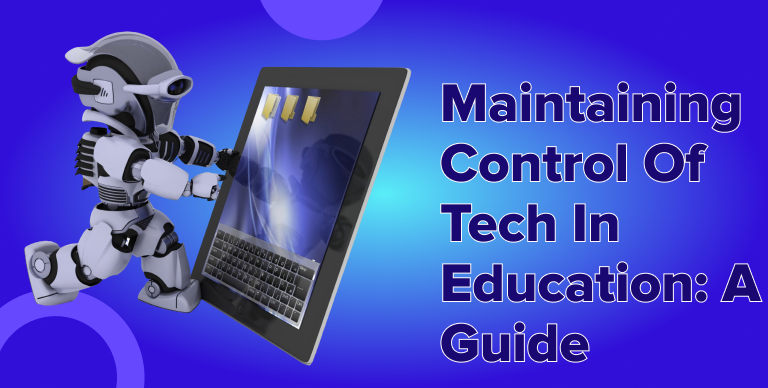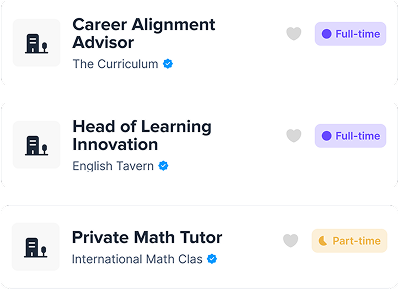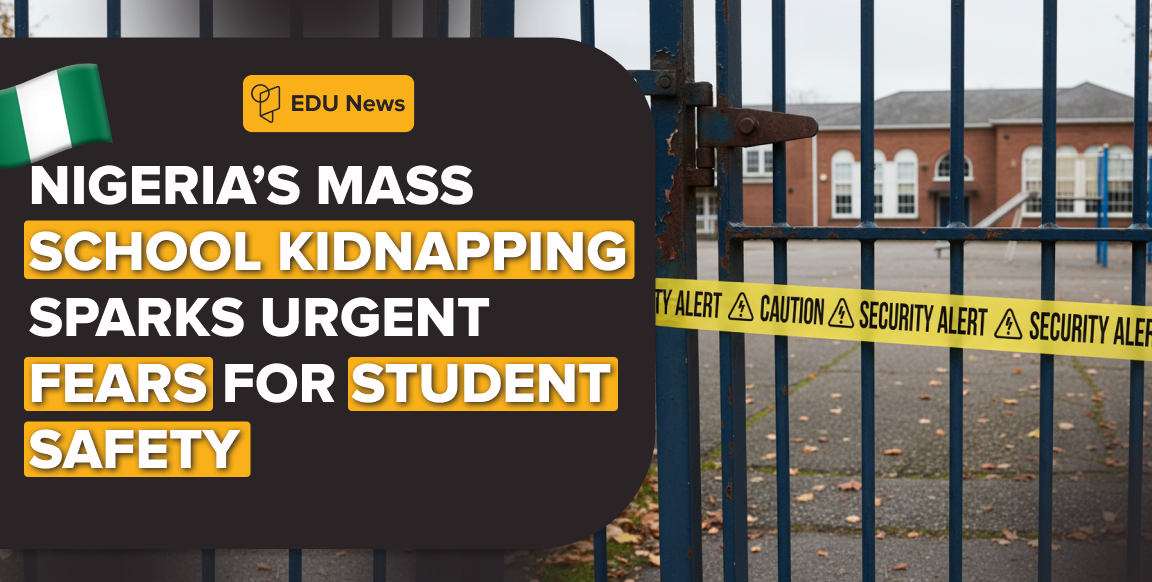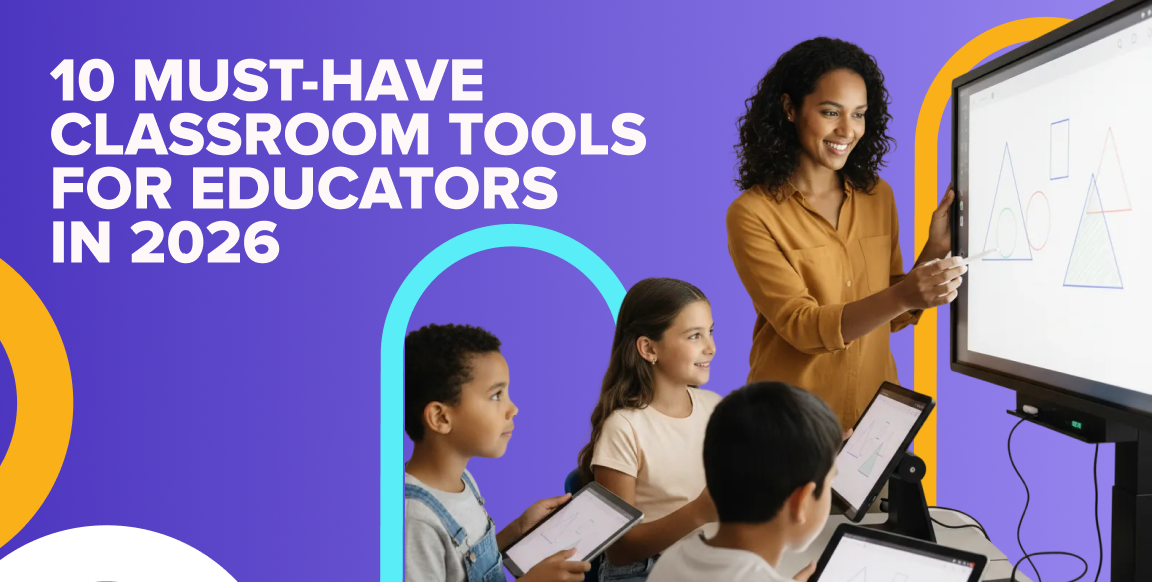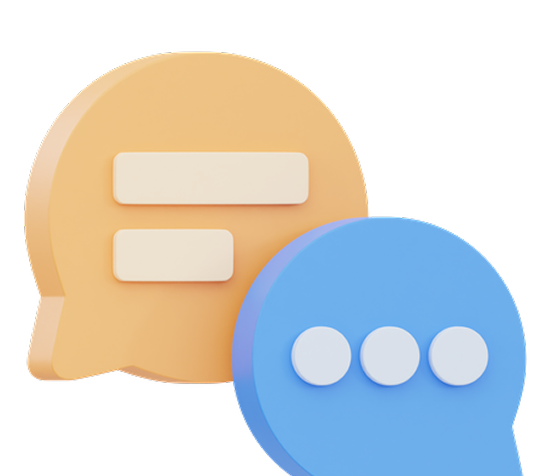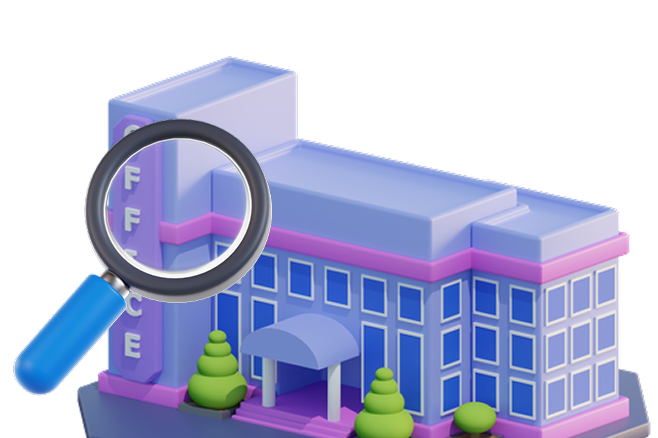During the COVID-19 pandemic, teachers worldwide realized the importance of tech tools for seamless learning. Districts with strong tech setups smoothly shifted to remote learning, while others struggled. Lesson learned: Invest in educational technology wisely for smoother transitions. Explore top practices for tech control in your school.
Why is Control in The Classroom Important?
When educational technology is effectively utilized, it can significantly enhance the learning experience for both students and teachers. However, if not managed properly, it can lead to frustration and financial burdens.
Consider this scenario: unregulated devices become distractions in the classroom, diverting students’ attention to gaming or chatting instead of learning. Teachers then find themselves spending valuable time monitoring device usage rather than focusing on instruction.
Moreover, without adequate teacher training and engagement, software programs may result in grading inaccuracies, cheating, or under utilization. Similarly, without student involvement and understanding, devices may be mishandled or lost, resulting in additional costs for replacements.
To ensure the success of your educational technology program, administrators should adhere to the following practices:
- Provide comprehensive training for all staff members to ensure proficiency with technology.
- Implement controls for individual device usage to maintain focus and productivity.
- Select hardware and software solutions that align with educational objectives and offer long-term value.
By following these guidelines, your educational institution can navigate the complexities of technology integration with confidence and achieve positive outcomes for students and educators alike.
How Can We Control Technology in The Classroom?
The concept of “successful technology integration” may vary among organizations, but the ultimate goal remains consistent: technology should offer new learning opportunities and provide teachers with valuable insights into student learning behaviors.
To achieve this objective, administrators should consider incorporating the following steps as best practices into any technology integration plan.
Classroom Setup
The ideal tech setup depends on various factors like the number of classrooms, student ages, available devices, and the district’s learning goals. Before diving into new devices or tech, take some time to explore what educational options fit your organization’s needs.
For example, when getting devices for all students, you might face delays from the manufacturer, especially now with many schools shifting to remote or hybrid learning. And even if you can get your hands on the tech, make sure it suits your learning goals.
Thinking about virtual field trips or VR experiences? Chat with other schools that have tried similar things. Check if the hardware and software they used can handle what you’re planning.
Teach Mini-Lessons Before Giving Out Devices
When rolling out new educational tech, many schools just give teachers a quick rundown and leave them to figure out the rest. To make sure things go smoothly, plan for thorough training sessions with plenty of time for questions. Schedule these early on so you can offer more help if needed. Remember, not everyone’s a tech whiz. Some teachers might even need personal coaching to really nail down the best ways to use tech in class. By making training comfy for teachers, they’ll be more likely to dive into tech and make the most of it.
When it comes to younger students, your school’s got a big job on its hands. It’s not just about showing them how to use devices—it’s also about teaching them how to do it safely and smartly. That means using common sense. They need to know which websites are cool to visit, learn about plagiarism (and how to steer clear of it), and take good care of those gadgets. Plus, your IT crew should set up some extra safety nets, like blocking sites that aren’t kid-friendly. It’s all about helping students explore the web without stumbling into any sketchy stuff.
Conclusion
In summary, controlling technology in education is crucial for effective learning. The COVID-19 pandemic emphasized the need for wise investment and proper management of educational technology. When handled well, technology enhances learning, but without control, it can lead to distractions and misuse. By following best practices such as comprehensive training and implementing usage controls, educational institutions can ensure technology benefits both teachers and students. With careful planning, technology can enrich education and achieve positive outcomes.




